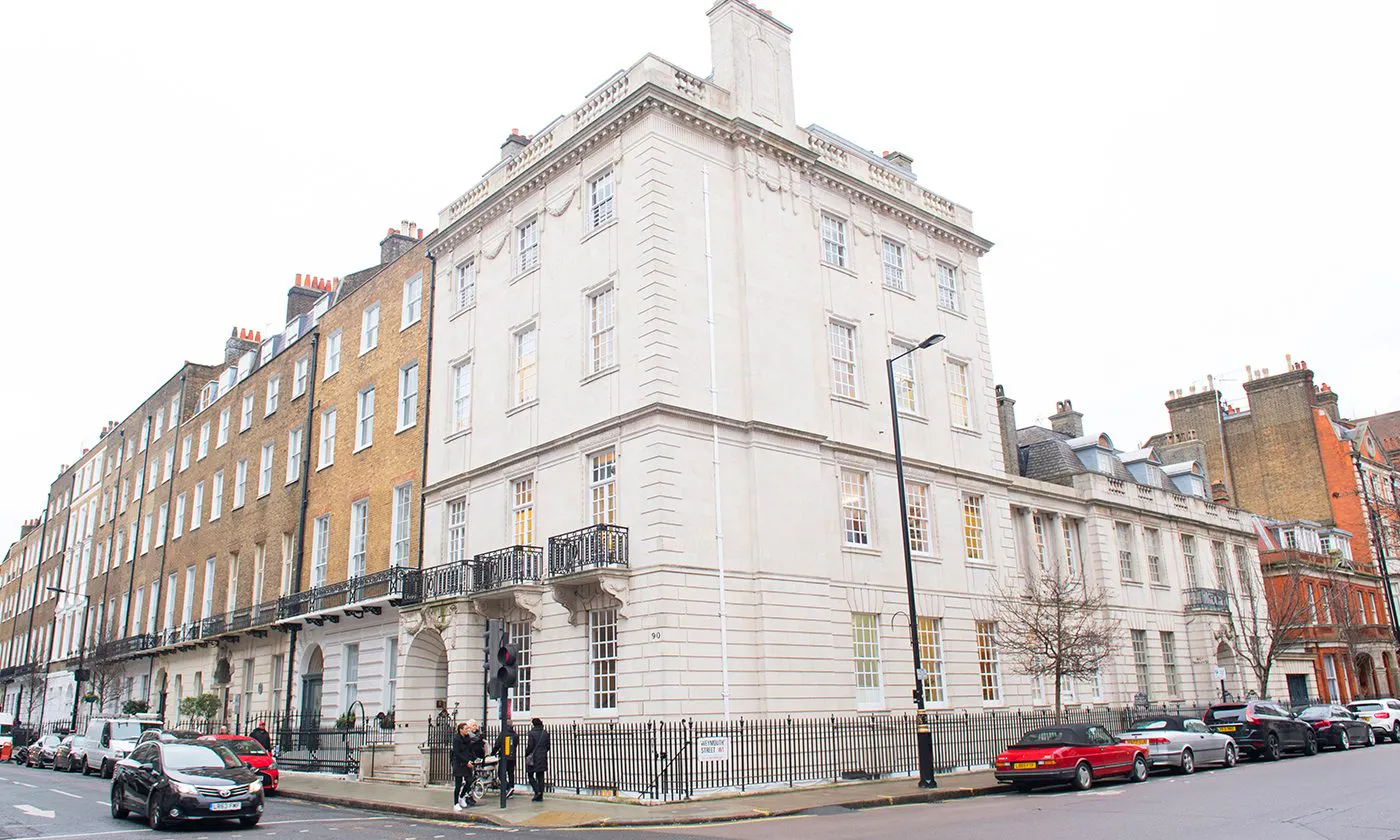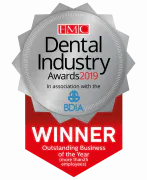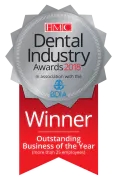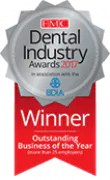Your temporomandibular joint is the hinge that connects your jaw to your skull – it is this joint that enables the movement of your jaw up and down and left and right, to allow for chewing, yawning and talking. Any problems that occur with this particular part of the skull are given the name temporomandibular disorders (TMD). These are also sometimes called TMJ dysfunction, referring to temporomandibular joint.
Pain in this part of your jaw is particularly common. Around 30 percent of adults will experience it at some point in their lifetimes, and usually it will go away of its own accord.
Your temporomandibular joint is the hinge that connects your jaw to your skull – it is this joint that enables the movement of your jaw up and down and left and right, to allow for chewing, yawning and talking. Any problems that occur with this particular part of the skull are given the name temporomandibular disorders (TMD). These are also sometimes called TMJ dysfunction, referring to temporomandibular joint.
Pain in this part of your jaw is particularly common. Around 30 percent of adults will experience it at some point in their lifetimes, and usually it will go away of its own accord.
For those who suddenly develop pain in this area, it is difficult to determine the cause. Usually the symptoms of TMD are short-lived, and in most cases any pain will disappear of its own accord. TMD can be caused by bruxism (clenching and grinding of the the teeth and jaw) or an uneven bite. Wear and tear to the internal joint can cause pain and irritation, and you may even find that you are holding tension in your jaw due to stress. Sometimes TMD may be easily identifiable as the direct result of an injury, such as following surgery or an external blow to the jaw, or a specific disease such as arthritis, gout or fibromyalgia.
For those who suddenly develop pain in this area, it is difficult to determine the cause. Usually the symptoms of TMD are short-lived, and in most cases any pain will disappear of its own accord. TMD can be caused by bruxism (clenching and grinding of the the teeth and jaw) or an uneven bite. Wear and tear to the internal joint can cause pain and irritation, and you may even find that you are holding tension in your jaw due to stress. Sometimes TMD may be easily identifiable as the direct result of an injury, such as following surgery or an external blow to the jaw, or a specific disease such as arthritis, gout or fibromyalgia.
You dentist will feel your jaw as you open and close it to assess the range of movement. They may press on the sides of you face and cheek to check for any pain when pressure is applied. Following this an x-ray or CT scan may be required to provide a comprehensive view of your entire jaw and teeth, and to see if there is any visible damage.
Should you be experiencing irritation from TMD, there are a number of adaptations you can make to make your life more comfortable until the pain subsides.
Should you be experiencing irritation from TMD, there are a number of adaptations you can make to make your life more comfortable until the pain subsides.
Your Harley Street Dental & Implant Clinic dentist will discuss your concerns and history of TMD. Should you come to us with persistent pain, they may offer you one of a range of options to tackle the problem.
Mouthguards can sometimes be made up specially to fit your mouth, in order to take the pressure away from any biting or grinding. If this is causing the problem, relieving the tension may help diminish the pain.
Painkillers such as ibuprofen, codeine or paracetamol can also help with the immediate pain. Your dentist may prescribe a stronger painkiller depending on your situation, this could be a muscle relaxant or an antidepressant. If arthritis is the culprit, then your dentist may suggest a steroid injection to help to reduce the swelling. In some cases, one injection can solve the problem completely.
If you have very severe and persistent issues with TMD, you may be referred to an oral or maxillofacial surgeon to discuss wider treatment options.
Arthrocentesis is a procedure which washes out the joint. Small needles containing fluid are inserted directly into the joint and the fluid washes away any debris that may be causing pain.
TENS can treat TMD through the use of an electrical pulse to ‘massage’ the muscles in the face.
Arthroscopy has been known to be as effective as open-joint surgery. It works by inserting a thin tube, called an arthroscope into the joint via a small incision. This tiny tube is filled with fibre optics that provide a camera and light by which the surgeon can operate. They work using small instruments to complete the procedure with minimal invasion.
Open-joint surgery is usually only an option if the problem is structural. This is performed under a general anaesthetic in order to make an incision to expose the jaw joint. From here, a surgeon may reposition or repair an problems with the joint, or remove bony substances. If the joint hinge has been damaged or altered so much as it is permanently hindering movement, the surgeon may need to insert an artificial replacement. As with any surgery, this involves more risks than the other options. This will be discussed in depth with your Harley Street Dental & Implant Clinic dentist, should it be an option.
If you experience pain in your jaw, contact your Harley Street Dental & Implant Clinic dentist for an assessment and to discuss available treatment. Make an appointment today with your London dentist.

If you're ready to book an appointment, or see one of the team, get in touch today.
Portman Dental Care Awards





